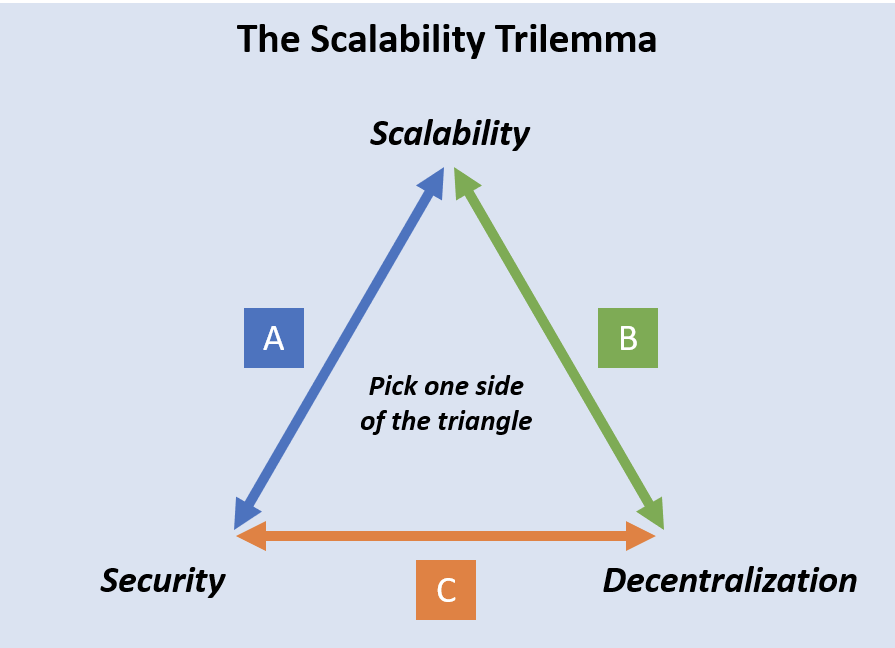Just as the market is digesting the collapse of the Terra Blockchain backed Luna and UST tokens , the Celcius Network is the latest outfit to plunge the crypto markets into chaos.
Celsius Network is a peer-to-peer platform for decentralized finance (DeFi) allowing users to borrow and lend, and trade a broad range of cryptocurrencies .
The crypto lending platform supports mainstream digital tokens like BTC , ETH as well as the meline delights of BADGER coin .
Earning returns on crypto
Returns vary depending on the token but at the time of writing the firm’s website is promising annual rates of 18% for users desposting SNX with the crypto lender.
to US dollar
Returns close to 20% are clearly tempting, though that assumes you can get access to your cash.
The Celcius Network had previously attracted regulator’s attention to its business and their suspicions were confirmed when the crypto lender stopped all withdrawals and transfers between accounts on Monday.
That decision created chaos resulting in a dive in crypto prices.
But how does the Celcius Network crypto lending platform actually work?
How Celsius lending works
In theory, the Celsius Network is a custodial asset manager for https://capital.com/aave-ceo-defi-is-more-resilient-than-traditional-finance opportunities.
It provides regulated access to loans and yield, and takes a fee for that service without exposing users to the hassle and risks of self-custodied crypto.
The crypto lender has a white paper, and token CEL token which offers loyalty rewards and discounts on using Celsius Network’s services.
CEL has seen wild price gyrations since news of liquidity problems on the lending platform emerged.
to US dollar
Similar to ETFs, the crypto lending platform does not offer direct exposure to the underlying positions.
They, however, promise withdrawals and redemptions in the event users want to exit their positions, but Celsius ultimately manages the positions on behalf of investors.
Celsius places itself as a crypto-native product despite providing traditional finance services.
Why Celsius is not working now
There are two things that Celsius Network did that put itself in a sticky situation: the Use of on-chain leverage and stETH (staked ether).
To provide users with a low borrowing rate, Celsius accesses leverage through permissionless on-chain DeFI money markets such as MakerDAO .
In simple terms, Celsius takes https://capital.com/supranational-cbdcs-threaten-dollar-s-global-dominance and ETH deposits from users and deposits them to borrow DAI.
Loans over-collateralized
Maker works in the manner where you put $1.50 of volatile collateral (ETH for example) in and borrow the DAI stablecoin.
[DAI] to US dollar
If the value of the collateral falls below a threshold, it is liquidated to repay the loan and prevent bad debt.
What is your sentiment on BTC/USD?
In theory, if the crypto lending’s collateral is falling in value, then so is Celsius customer’s lending collateral.
In short, liquidate your customers’ loans to repay your own.
And crypto prices have been cratering .
What is staked ETH (stETH)?
Celsius crypto offered robust yields on ETH of 8% , and it did so using a derivative of ETH known as staked ETh or stETH.
This ETH variant is the brainchild of LidoFinance , and offers enhanced yields by not actually existing yet.
to US dollar
ETH is transitioning to a proof of stake concept, a process known as the Merge and in simple terms stETH is a token which will only vest once this update is complete.
The problem is the Merge has not happened yet, and according to analysts Capital.com spoke to recently it could “happen next year at best”.
Breaking the buck
So while stETH is supposed to trade closely to its ETH parent variant they have started to diverge since the collapse of the Terra Blockchain network with traders demanding compensation for the illiquidity risk of stETH.
According to data from Ape Board Celsius’ holds 409,260 stETH tokens, worth roughly $500m.However this is less than if it was holding ETH.
Data from Coinmarketcap shows that Lido Staked ETH is trading at $1,103 versus $1,176 for https://capital.com/eth-usd-chart itself at the time of writing.
This means assets that the crypto lender bought for a dollar are now worth less than a dollar and given the limited appetite for seETH in the current risk-off crypto market.
Gloomy outlook for the Celsius Network
The stETH token can also be traded for ETH in the open market, but it can only be redeemed for ETH when the beacon chain merges and ethereum goes through a hard fork.
The Celsius Network cannot redeem its stETh for the real thing until after the Merge goes through and a lack of liquidity means it is unable to swap out its supplies of seETH for the real thing even at a discount.
The survival of the Celsius Network looks challenging..
